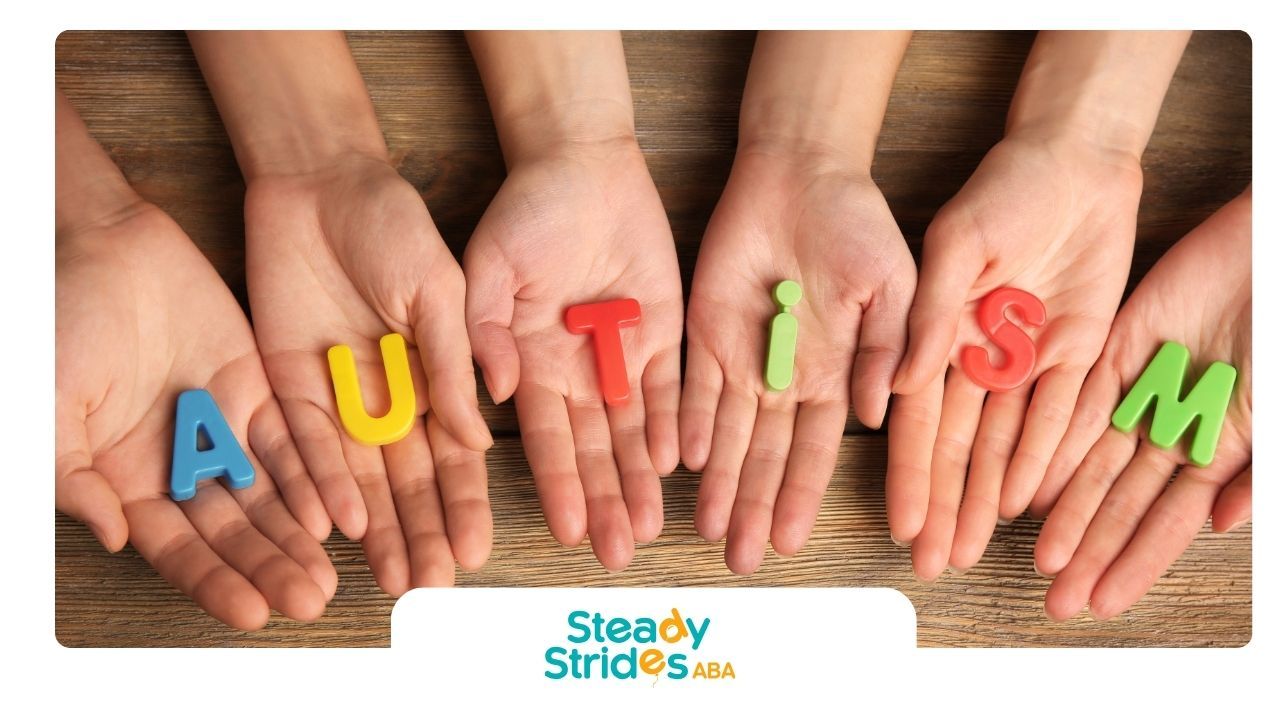Applied Behavior Analysis (ABA) therapy is one of the most widely recommended treatments for children with autism spectrum disorder (ASD). While it has proven to be highly effective in improving communication, social skills, and behaviors, some parents and caregivers wonder: How stressful is ABA therapy for children and their families?
In this article, we'll explore the potential stressors involved in ABA therapy, along with the positive aspects that make it a valuable choice for many families. We'll cover everything from the intensity of sessions to the emotional impact on children and parents. In doing so, we'll also highlight the benefits of ABA and how to minimize any potential stress.
What is ABA Therapy?
ABA therapy is a research-based approach that uses positive reinforcement to encourage desired behaviors and reduce unwanted behaviors in children with autism. It involves a systematic method of teaching skills through structured sessions, often led by Board Certified Behavior Analysts (BCBAs) and Registered Behavior Technicians (RBTs).
Core Principles of ABA
- Positive Reinforcement: Rewarding desired behaviors to encourage repetition.
- Task Analysis: Breaking down complex tasks into manageable steps.
- Data Collection: Monitoring progress and adjusting strategies as needed.
Is ABA Therapy Stressful for Children?
ABA therapy can sometimes be perceived as stressful, particularly at the beginning when children are adapting to a new routine. However, the level of stress varies from child to child, depending on factors such as the child's individual needs, the duration of the sessions, and the therapist's approach.
Factors That May Cause Stress
Initial Resistance to Structure
Children, especially those on the autism spectrum, often prefer
routine. Introducing structured ABA sessions may initially feel overwhelming or stressful because it disrupts their usual patterns.
Length and Intensity of Sessions
ABA therapy often involves multiple hours of therapy each week. While this intensity is necessary to achieve results, it can sometimes lead to fatigue or frustration in children, especially in the early stages.
Emotional Responses
Children may feel stressed when they are required to learn new skills or when they struggle with a task. While the goal is to make learning enjoyable, moments of frustration are natural.
How ABA Therapy Reduces Stress Over Time
Although there may be initial stress, the long-term effects of ABA therapy are overwhelmingly positive. ABA therapists are trained to manage stress by using personalized approaches that cater to the child’s specific needs. Here’s how ABA therapy helps alleviate stress:
1. Gradual Adaptation
ABA programs are designed to start small and build over time. Early sessions may involve simple tasks and plenty of positive reinforcement, allowing children to get used to the routine and build trust with their therapist.
2. Focus on Positive Reinforcement
ABA uses positive reinforcement to motivate children, which reduces stress during learning. When children experience success, they gain confidence, which helps them feel more relaxed and engaged.
3. Collaboration with Families
Parents and caregivers are encouraged to be involved in the therapy process. When families work alongside therapists, they help create a supportive environment that reduces the child’s overall stress levels.
4. Customization of Therapy
ABA therapy is tailored to each child’s unique needs. Therapists regularly assess and adjust programs to ensure the child is progressing without feeling overwhelmed. This flexibility helps minimize stress.
Is ABA Therapy Stressful for Parents?
ABA therapy can also be emotionally challenging for parents. They may feel anxious about their child's progress, overwhelmed by the time commitment, or unsure about how to implement strategies at home. However, with the right support, these stressors can be significantly reduced.
Common Stressors for Parents
Time and Financial Commitment
ABA therapy often requires significant time, with sessions ranging from
20 to 40 hours per week. For working parents, managing this schedule can be stressful, especially if they’re balancing other responsibilities.
Emotional Investment
Parents naturally want to see progress in their child’s development. When progress is slow or setbacks occur, it can be emotionally draining.
Implementing Techniques at Home
Parents may feel pressure to apply ABA techniques outside of therapy sessions. While this can be beneficial, it may also be stressful if parents are unsure of how to carry out the strategies effectively.
Benefits of ABA Therapy That Offset the Stress
Despite the potential for stress, ABA therapy offers numerous benefits that often outweigh any initial difficulties. Here are some key advantages:
1. Skill Development
ABA therapy helps children develop important skills such as communication, social interaction, and self-care. As these skills improve, stress decreases for both the child and the family, as everyday tasks become easier.
2. Improved Behavior
One of the main goals of ABA is to reduce challenging behaviors such as tantrums, aggression, or self-injury. By addressing these behaviors, the overall stress level in the household is often significantly reduced.
3. Long-Term Positive Outcomes
Over time, many children who receive ABA therapy experience greater independence, better academic performance, and improved social relationships. These long-term gains contribute to a more peaceful, stress-free family life.
How to Manage Stress During ABA Therapy
While ABA therapy can be demanding, there are several strategies that parents and caregivers can use to manage and reduce stress for both themselves and their child.
1. Open Communication with the Therapist
Maintaining regular communication with your child’s ABA therapist is essential. Expressing concerns, discussing progress, and asking for guidance can help ensure the program is running smoothly and meeting your child’s needs.
2. Take Breaks When Needed
If your child is feeling overwhelmed during a session, it’s okay to take a break. ABA therapy is designed to be flexible, and taking short breaks can help reduce frustration and keep the learning process positive.
3. Self-Care for Parents
Caring for a child undergoing ABA therapy can be emotionally taxing. It’s important for parents to practice self-care—whether it’s taking time for themselves, seeking support from family and friends, or connecting with parent support groups.
4. Celebrate Small Victories
Progress in ABA therapy can be slow and incremental. Celebrating even the smallest victories, such as learning a new word or reducing a challenging behavior, can help keep stress levels in check and provide motivation to continue.
Conclusion
While ABA therapy may come with some initial challenges, particularly regarding time and emotional investment, its benefits for children with autism are substantial. Over time, both children and families often see significant improvements in communication, behavior, and daily living skills, which outweigh the initial stressors.
At Steady Strides, we understand that each family’s experience with ABA therapy is unique. Our center-based and in-home ABA services in Texas are designed to be flexible, supportive, and effective. Whether you're just starting ABA or continuing with it, our team is here to ensure your child’s progress while minimizing stress along the way.
Contact us today to learn more about how ABA therapy can benefit your child and family!
FAQs
Is ABA therapy hard on children?
ABA therapy can be challenging at first, but it is designed to be rewarding and enjoyable through the use of positive reinforcement. Over time, most children adapt well to the structure of the sessions.
How long does it take to see results in ABA therapy?
The timeline for progress varies depending on the child, but many families start seeing improvements within a few months. Long-term gains may take years of consistent therapy.
Can ABA therapy cause burnout for parents?
ABA therapy can be time-consuming, but with proper support and self-care, parents can manage the demands of the program and avoid burnout.













